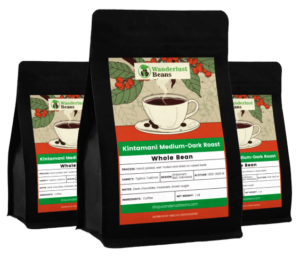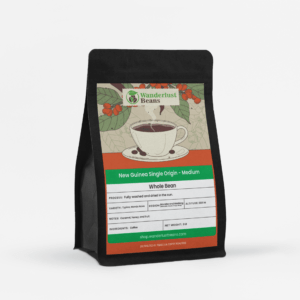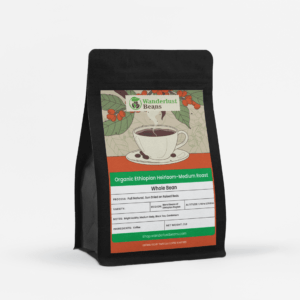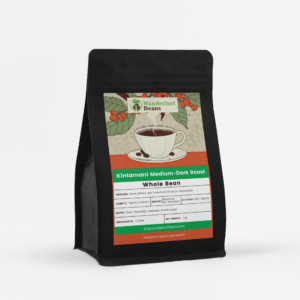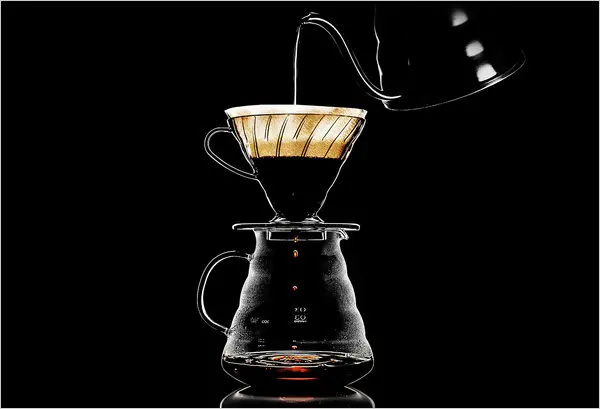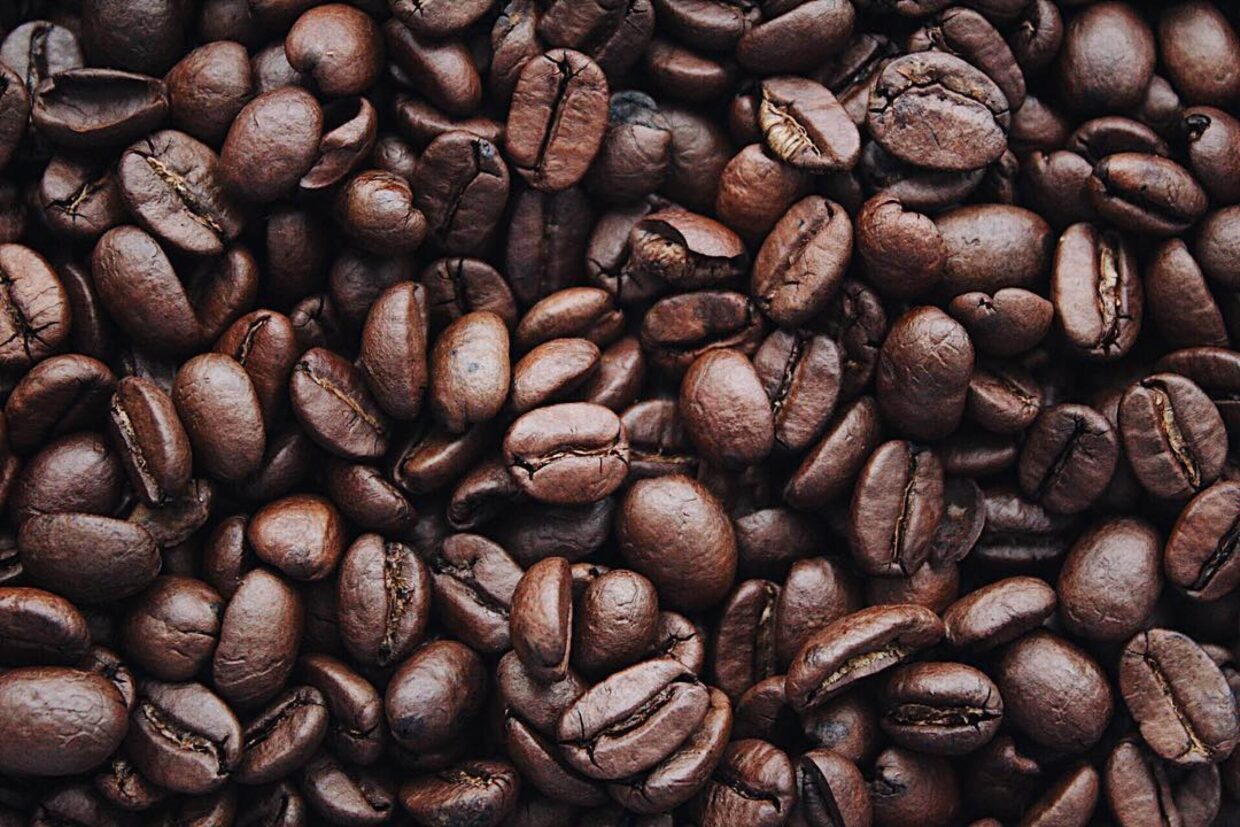
Coffee in Vietnam
The history of coffee in Vietnam dates back to 1857, when the French introduced coffee plants to Vietnam, beginning a journey to the present day when Vietnam is the second-largest coffee producer in the world after Brazil.The French colonists planted the seed, but coffee production in Vietnam did not truly start booming until the 1980s when the Vietnamese Government encouraged the mass cultivation of coffee. New economic policies, known as “Đổi Mới”, promoted rapid industrialization and economic growth, with coffee being a primary export product. Conditions in the Central Highlands proved to be best suited for coffee cultivation, and plantations were established around the towns of Ðà Lạt and Buôn Ma Thuột.
Types of coffee beans and brewing techniques
Primarily, Vietnam is known for its production of robusta coffee beans. This is a bitter-tasting type of coffee known for its high caffeine content and resistance to diseases.
Vietnamese coffee was not globally recognized for a long time because it was typically used in blends or for instant coffee due to its strong and distinctive taste. In recent years, however, there has been an increased global interest in single-origin coffee, a movement that has helped put Vietnamese coffee on the international map. More and more coffee connoisseurs are recognizing the unique qualities of Vietnamese coffee. Its strong and nutty taste is now being celebrated worldwide.
The country also produces increasing amounts of arabica beans, and there is a significant upswing in specialty coffee roasters in the larger cities. The delicious Vietnamese cuisine, including creative coffee drinks, has even earned Ho Chi Minh City a spot as one of the best food cities in the world.

Coffee has become a major part of the culture here. Enjoying coffee, traditionally served iced and with condensed milk, is a daily ritual for many Vietnamese people. Using a metallic pour-over drip filter known as “phin” is the most common brewing technique.
Ice tea as a sidekick

Tea has been around much longer than coffee in Vietnam, and even when you order coffee, it plays a role. You almost always get a glass of iced tea with your coffee, offering a delicious double hit of caffeine.
Vietnamese iced tea, or “Trà Đá”, is the unsung hero of Vietnam. Thirst-quenching, cooling, and with a subtle yet distinctive flavor. Water needed to be boiled to be safe to drink, and when the water was already hot, why not drop in a few tea leaves to make it taste better? And with refrigeration came cheap ice, then iced tea was a given in the hot tropical climate.
Traditionally, Trà Đá is made from green tea, often mixed with pandan leaves, jasmine, or lotus flowers. Unlike many Western-style iced teas, it is usually served without any additional flavors or sweeteners, allowing the taster to enjoy the pure and natural taste of the tea.
Often served in large glass pitchers or jugs, Trà Đá is everywhere, from street vendors to cafes and restaurants. It is more than just a drink – it is a part of daily life and an element of the social fabric in Vietnam. Drinking Trà Đá offers people a chance to pause, relax, and enjoy quiet, unhurried moments in the middle of the daily hustle and bustle.
Popular Vietnamese coffee drinks
Iced black coffee (Cà Phê Đen Đá)

The iced coffee for the purists. Just black coffee and ice. Sometimes robusta beans only, sometimes in a blend with arabica. It is much more common than a cup of hot black coffee, especially in the Central and Southern parts of Vietnam, where the weather is usually warm. The country’s largest city, Ho Chi Minh City, sees midday temperatures around 30 degrees Celsius almost every day of the year.
Iced coffee with milk (Cà phê sữa đá)

Vietnamese iced coffee with milk must be the most popular coffee drink in Vietnam by far. It is pretty much the standard. It pairs the strong robusta flavor with thick, sweet, condensed milk, creating a complex and wonderful drink. I order mine with “ít sữa”, just a little milk to let the flavor of the coffee take the lead.
The usage of condensed milk in Vietnamese coffee dates back to the very beginning, as fresh milk was scarce and had a short shelf life due to the lack of refrigeration. Sweetened condensed milk is easier to store and has a much longer shelf life. It is essentially cow’s milk where water has been removed, and sugar has been added, resulting in a thick, creamy, and sweet product.
Egg coffee (Cà phê trứng)

When I first heard of egg coffee, I pictured a black coffee with an egg yolk floating in it. Technically, it might not be far from the truth. Egg coffee is typically a hot robusta coffee with a fairly thick top layer of condensed milk mixed with egg yolk. The mixture has an almost custard-like quality, and the whole thing just works. It’s more dessert than a first-cup-of-the-day caffeine boost, though.
It was invented during the First Indochina War in the mid-twentieth century when fresh milk was scarce. A bartender named Nguyen Giang at the Sofitel Legend Metropole Hotel in Hanoi substituted the froth from a whisked egg yolk into a cup of coffee and created this unique beverage.
Iced coffee with salty milk (Cà phê muối)

I think the most addictive Vietnamese coffee drink is salty coffee. Bitter robusta coffee, sweet condensed milk, and a pinch of salt in the milk foam. It’s one of those combinations I am not sure we are ready for as a species. I mean, how do you stop drinking them?
This is more of a recent trend but can suddenly be found everywhere. Again, I prefer it when the sweetness takes a back seat to the coffee flavor, even when balanced with the saltiness.
Iced coffee with coconut milk (Cà phê cốt dừa)

Coconut coffee is a popular cold drink, particularly in southern Vietnam. It perfectly blends strong Vietnamese coffee and the local love for coconuts. This beverage is a blend of refrigerated coconut milk, condensed milk, and you guessed it, robusta coffee. The result is a sweet, cold, slightly frothy beverage resembling a light coffee-flavored coconut smoothie. The rich coffee flavors complement the coconut milk’s sweetness and creaminess. It’s like a tropical version of a café frappé.
The best coffee in Vietnam

I sometimes think there are more coffee shops than people in Vietnam, so let’s not even try to find any consensus on this topic. This is my best coffee in all of Vietnam after hundreds sampled throughout the years. And even as I battle my salty coffee addiction, my gold medal goes to an iced coffee with milk, but with a twist.
Saigon Coffee Roastery makes theirs with honey-roasted robusta beans, a bit of condensed milk, and ice shaken in a cocktail shaker. Among all the inventiveness and regional variations of coffee culture in Vietnam, this is foamy perfection for me.

